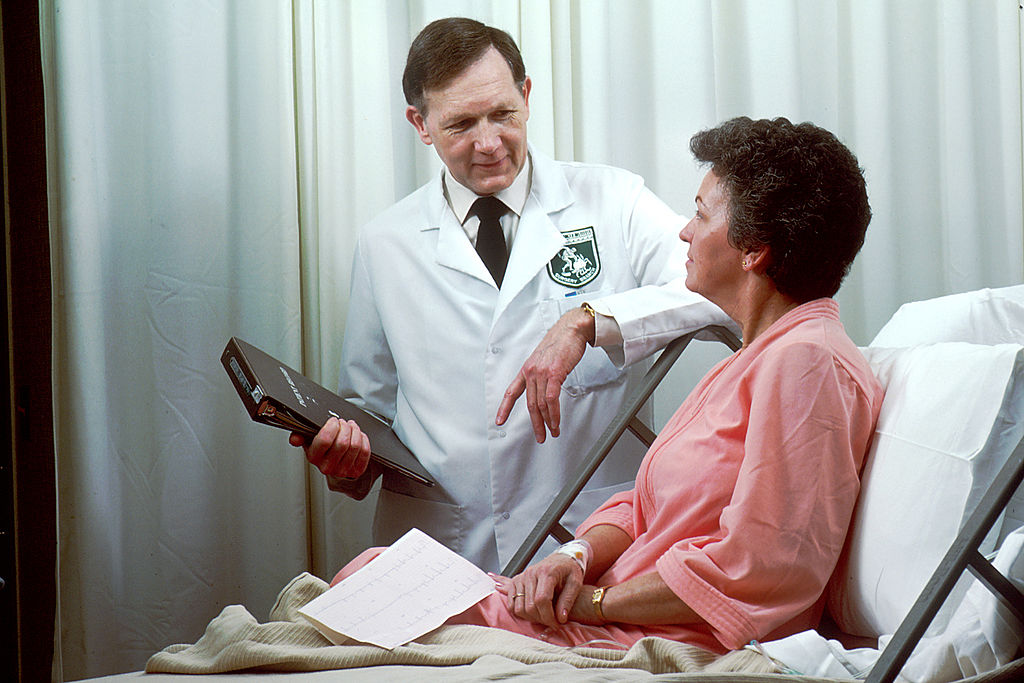This site is basically a brochure by a transgender law center. It contains information about the transgender community. It also contains tips how, as a doctor, you must treat transgender patients that walk into your office. I chose this because I know very little about this community and I would like to know how to accommodate a patient that walks into my office.
This site is similar to the one above because they both cover tips on respectfully dealing with transgender patients. In addition to this, the site defines some key terms relating to this topic. I have a hard time keeping all of these words straight in my head. I felt like this site would help me to refresh anything that I may forget or would need to reference later. I also chose it because I liked how clearly it defined everything.
This website lays out policies and protocols for serving transgender patients. It lays out similar information as the other two websites, however in a more detailed and organized matter so that the information is implemented in an office setting. I chose it because I felt like it describes perfectly how one should legally go about treating and serving a transgender patient. It is all encompassing in the sense that it addresses the entire office, not just the doctor, to make these changes.
References
10 Tips for Working with Transgender Patients. (n.d.). Retrieved from https://
transgenderlawcenter.org/resources/health/10tips
Policy & Protocol for Serving Transgender Patients. (n.d.). Retrieved from http://
http://www.transgenderlegal.org/media/uploads/doc_22.pdf
Quick tips for medical providers of transgender patients. (2018, October 12). Retrieved from
https://uihc.org/health-topics/quick-tips-medical-providers-transgender-patients





